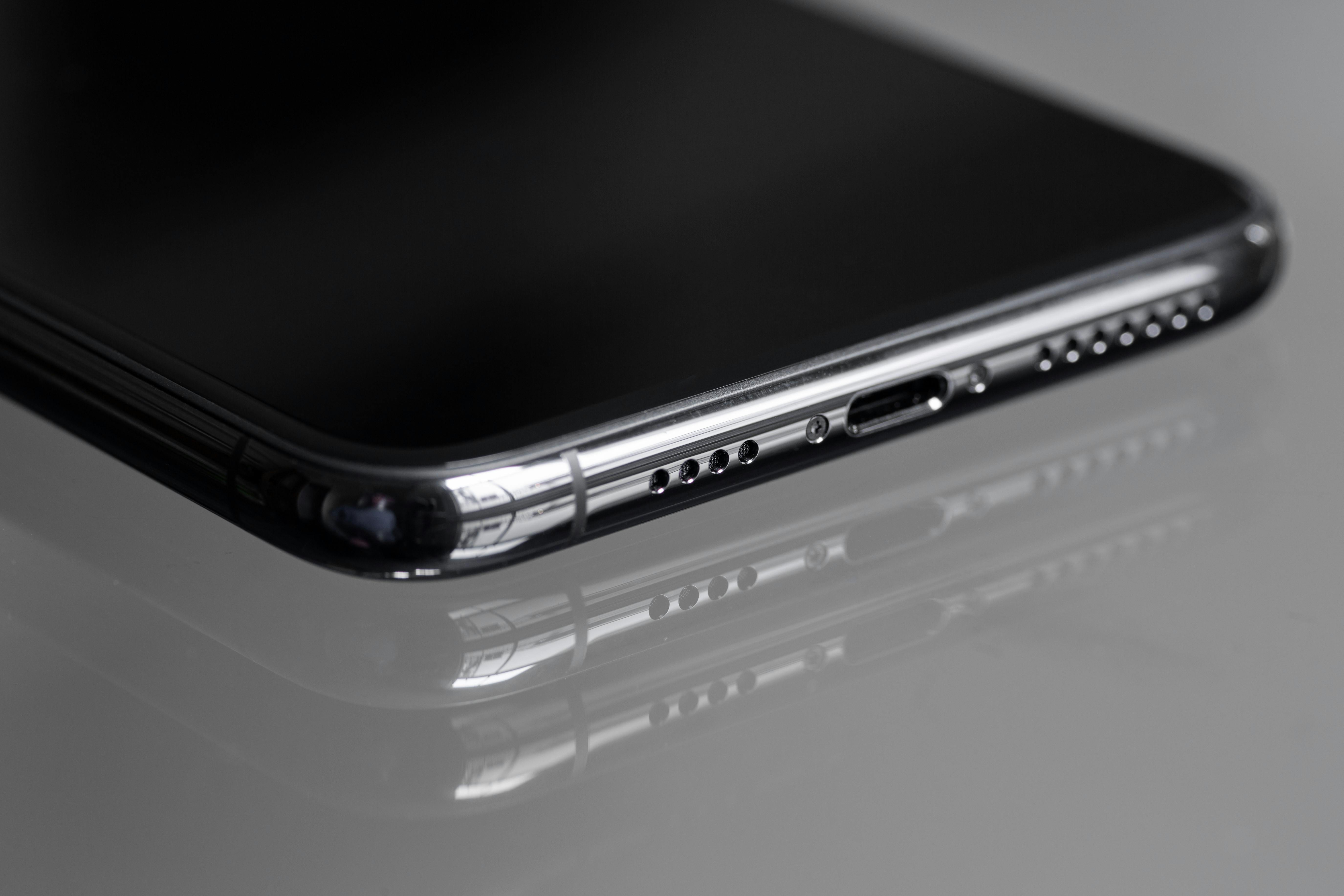
Our smartphones go everywhere with us, from jacket pockets and handbags to car dashboards. With all that daily use, it’s no surprise that dirt, fluff and dust build up in tiny spaces like charging ports, speaker grills and headphone jacks. Over time, this debris can stop your phone charging properly, interfere with audio and even cause overheating.
The good news? You don’t need specialist tools to sort it out. Here are some safe and effective cleaning hacks for tackling those small but important phone ports. If you’re ever unsure ALWAYS refer to your instruction manual or manufacturers guidelines.
Why You Should Clean Your Phone Ports
Ports gather debris without you noticing. Pocket fluff, lint from tissues, makeup dust and general grime can compact inside charging ports and speaker holes, stopping connectors from seating correctly. If you’ve ever had to wiggle your charging cable to get it to work, or your headphones keep disconnecting, your phone probably just needs a clean.
What You’ll Need
Before you get started, gather a few household items:
- Wooden or plastic toothpick (no metal)
- A small, soft brush (like a clean, dry makeup brush or soft toothbrush)
- Compressed air
- Microfibre cloth
- Isopropyl alcohol (90%+), used carefully on cloth only. Always check with your manufacture if you are unsure.
Avoid using metal pins, needles, paperclips or anything wet directly inside the port. These can damage internal contacts.
Cleaning the Charging Port
- Power Down Your Phone
Always switch off your device before cleaning to reduce risk of damage. - Inspect the Port
Use a torch or simply angle the phone towards the light to see if there’s visible lint or dust inside. - Gently Loosen the Debris
Take a wooden or plastic toothpick and, very gently, scrape along the sides of the port. Don’t push downward and don’t use force – you’re only dislodging, not digging. If you’re uncomfortable using a toothpick, a SIM card ejector made of plastic can work too. - Brush Away Loose Bits
Use your soft brush to sweep away anything you’ve dislodged. A few short bursts of compressed air can also help but hold the can upright and keep it at a slight distance (5-10cm) to avoid moisture or a over concentrated blast. - Wipe the Exterior
Dampen a corner of your microfibre cloth with a little isopropyl alcohol and give the port’s outer edges a wipe. Never pour or spray any liquid into the port. Glasses and lens wipes also work very well for this job.
Cleaning Speaker Grills and Microphone Holes
Speaker grills trap dust easily. To clean them:
- Use a dry, soft brush to gently sweep across the openings.
- For stubborn dirt, a strip of low-tack tape can pick up particles without leaving residue.
- Avoid blowing air forcefully with your mouth, moisture can get inside. Instead try compressed air, sprayed forma distance to remove loosened debris.
Headphone Jacks and SIM Slots
While many newer phones skip the headphone jack, those that still have one can benefit from careful cleaning:
- Use a dry cotton bud or soft brush to sweep inside lightly.
- If debris is well-packed, a toothpick used with caution can help.
- Never insert anything into the SIM slot unless it’s the SIM tray tool and always remove the tray before cleaning around the edges.
When to Seek Professional Help
If your phone still isn’t charging or you notice any damage after cleaning, it may be time to speak to a technician. Never pry or wiggle anything inside the port if resistance is felt, better to be safe than sorry.
But with these maintenance tips for your phone, keeping it clean, hygienic and working efficiently should help improve the performance and extend shelf life of your device.